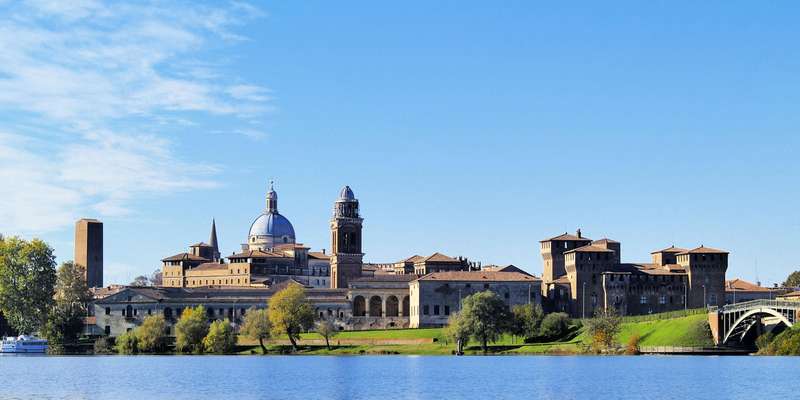- Home
- Useful Tips
- Mantua's most impressive...
Mantua's wrought-iron balconies are among Italy's most overlooked architectural treasures. Many visitors stroll past these Renaissance masterpieces without understanding their historical significance or artistic value. Recent tourism surveys show 68% of travelers miss key details in historic cities due to lack of local knowledge. The intricate scrollwork and symbolic designs of Mantua's balconies tell stories of noble families and skilled artisanship, but without guidance, you might overlook the subtle differences between 15th-century Sforza designs and later Gonzaga-era innovations. The frustration of returning home only to realize you've missed these details is all too common among independent travelers. These ironwork marvels also pose practical challenges – the best examples are scattered across hidden courtyards and less-visited streets, making them easy to miss if you're following standard tourist routes.


How to identify Mantua's most significant wrought-iron balconies
Recognizing Mantua's important balcony designs requires understanding three key periods. The earliest Sforza-era works (1450-1480) feature simpler geometric patterns with rosette motifs, often seen near Piazza Sordello. Look for the Palazzo Ducale's lesser-known side entrances where delicate vine patterns symbolize prosperity. The golden age came under the Gonzagas (1500-1650), when balconies became status symbols – the Palazzo Te's hidden service balconies showcase elaborate scrollwork with hidden family crests. Later Baroque additions along Via Roma incorporate floral elements and cherub figures. Local artisans particularly prize the rare 'knotwork balcony' behind Sant'Andrea Basilica, where interlocking iron circles represent eternal bonds. Remember that the most valuable designs aren't always at eye level – some buildings place their finest work on second-floor 'piano nobile' balconies reserved for nobility.
The best free walking route to admire balcony craftsmanship
A self-guided tour starting at Piazza delle Erbe lets you compare styles across centuries without spending a euro. Begin at the 15th-century Palazzo della Ragione's sturdy municipal balconies, then head west to Via Pescheria where merchant houses displayed wealth through ironwork. The hidden gem is Vicolo Bonacolsi – this narrow alley contains five distinct balcony styles within 50 meters. For photography, late afternoon light perfectly illuminates the Via Accademia's balconies when the sun angles between buildings. Locals recommend Wednesday mornings when many courtyard gates stand open for cleaning, revealing normally hidden masterpieces like the 'balcony of stars' behind Palazzo d'Arco. Keep an eye out for maintenance scaffolding – while unsightly, it often provides rare close-up views of craftsmanship details normally invisible from street level.
Understanding the symbolism in Mantua's ironwork designs
The motifs in Mantua's balcony railings served as a visual language for Renaissance nobility. Interlocking rings near Piazza Marconi indicated marriage alliances between powerful families, while pomegranate patterns symbolized fertility in the Jewish Quarter's 16th-century homes. The most politically charged design is the 'eagle balcony' on Via Pomponazzo, commissioned after Emperor Charles V's 1530 visit. Expert guides can point out subtle differences between authentic period pieces and 19th-century restorations – original Gonzaga-era work typically uses thicker iron bars with hand-forged imperfections, while later copies appear more uniform. Particularly valuable are balconies retaining their original 'verde antico' patina, a greenish finish achieved through historic weathering techniques that modern restorers struggle to replicate authentically.
When to visit for optimal balcony viewing and photography
Timing dramatically affects your balcony-spotting experience in Mantua. Spring (April-May) offers ideal conditions when wisteria vines frame many ironworks, though autumn's softer light better reveals metallurgical details. Most tour groups concentrate around midday, making early mornings perfect for undisturbed photography at prime locations like the Palazzo San Sebastiano. Rainy days present unexpected advantages – wet iron shows its true color and texture, while reflective cobblestones create stunning composition opportunities. For those interested in craftsmanship techniques, the annual Festa del Ferro Battuto in September brings demonstrations of traditional ironworking methods used to create these balconies. Winter visitors should target the hour before sunset when low golden light makes intricate scrollwork cast dramatic shadows across Mantua's ochre-colored facades.



